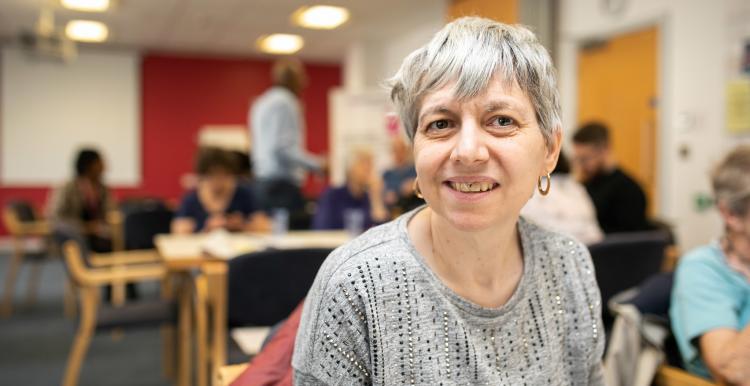The Accessible Information Standard - What you can expect from services

The standard aims to make sure that people who have a disability, impairment or sensory loss get information that they can access and understand and that they get any communication support they need from health and care services.
Organisations are required to provide alternative formats where required, such as braille, large print, and easy read. They must also support people to communicate, for example by arranging a British Sign Language (BSL) interpreter, deafblind manual interpreter or an advocate.
What do health and care organisations have to do?
- Ask if you have any communication needs, and asked how these needs can be met.
- Record your needs in a clear and set way and highlight these needs in your file or notes so people are aware and know how to meet them.
- Share information about your communication needs with other providers of NHS and adult social care, when they have consent or permission to do so.
- Deliver information to you in a way you can access and understand, with the option for communication support if needed.
What should you expect?
So if you’re speaking to a dentist, doctor, care home manager or any other provider of health and social care, here’s what you can expect:
- You should be able to contact, and be contacted by, services in accessible ways, for example via email or text message.
- Information and correspondence should be given in formats you can read and understand, for example in audio, braille, easy read or large print.
- You should be supported by a communications professional at appointments if this is needed to support conversation, for example, a British Sign Language interpreter.
- Health and care staff and organisations should support you to communicate, for example, to lip-read or use a hearing aid.
